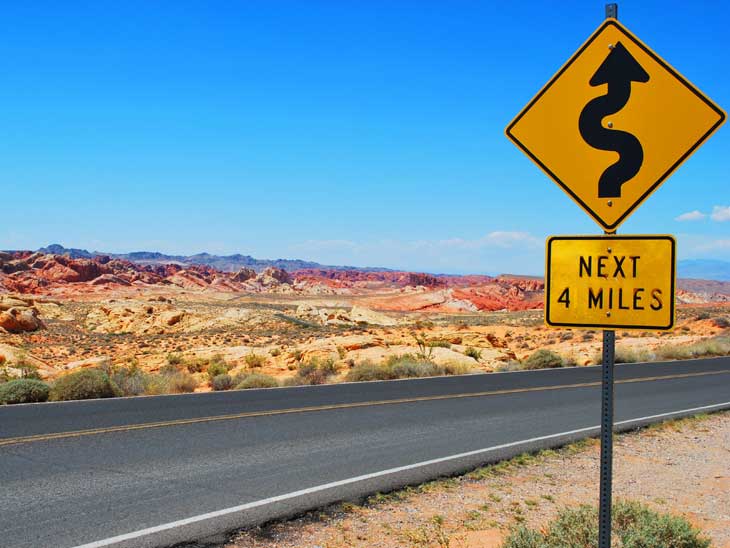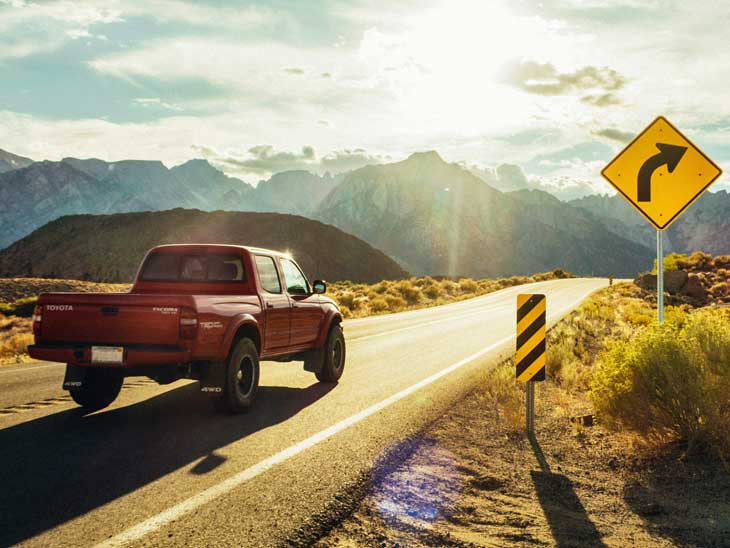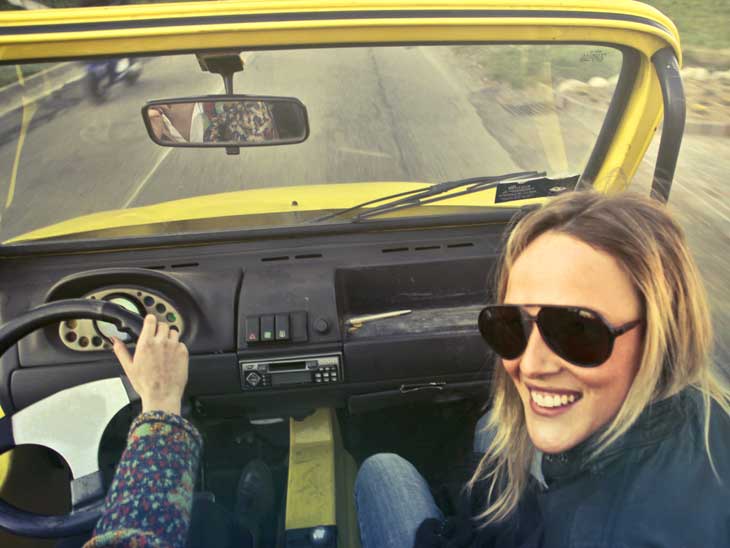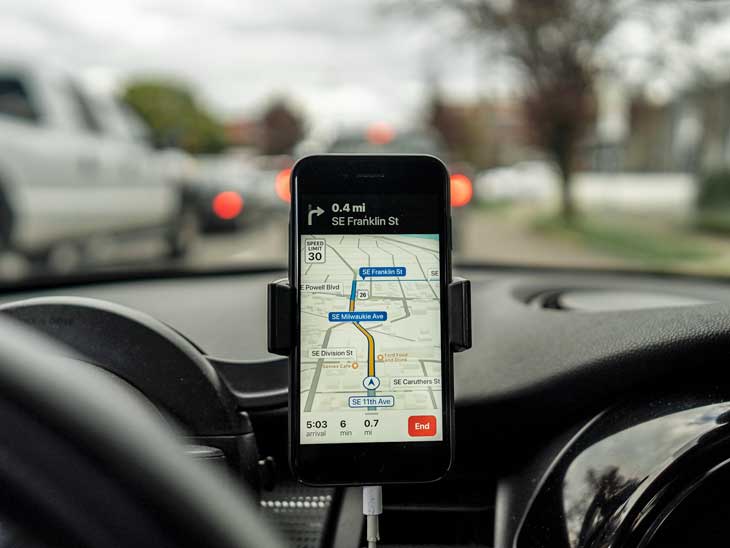
Resources to Help Get Your Car Ready for a Road trip
Taking a long road trip is often a fun way to spend a vacation for a lot of people. However, many people are not quite sure how to properly prepare so that the trip goes smoothly, and you don’t run into any issues, especially with your car.
The first thing you will want to do is to give someone who isn’t going on the trip that you know well, and trust trip a copy of your trip plan / itinerary. This way if something does go wrong, someone will know where exactly you were going and the route you were going to use to get there.
You will also want to be sure that your car is in complete and working order before you drive it anywhere across country. We do highly recommend that you take your car into an auto mechanic and get the whole car looked over before you leave. Just tell the mechanic that you’re going on a long trip and that you’d like to make sure that everything is in working order.
Most importantly, do not just take a road trip only because you want to have your own car with you on vacation. You can skip the trouble of driving yourself and you can have your car shipped to your destination instead. This way, you can just relax on a flight there instead of having to drive for days at a time.
Regardless, use the following guide before you leave to plan your trip from the overall route to the more granular details like rest stops.

What to take with you on a road trip
Don’t leave home for your road trip without any of the following:
- Extra windshield wiper fluid.
- Extra bulbs for your headlights and brake lights.
- Extra windshield wiper in case your current one breaks or malfunctions.
- Regular tools to use if something does go wrong while you’re on the road:
- Hammer
- Pliers
- Gloves
- Flashlight
- Wrenches
- Screw drivers (both flat head and Phillips head if at all possible)
- Jumper Cables
- Spare tire
- Phone charger, cable and adapter so you can charge your phone as you drive
- A jack
- Tire gauge
- Triple-A Membership – this will be extremely valuable if you break down and need towing. Make sure you have your roadside assistance card with you. Otherwise, you will need to call home to get the information that you need to give to AAA in order to get help.
- An up to date and unexpired copy of your insurance and registration. If these aren’t up-to-date make sure you get them updated before you leave.
- Your unexpired driver’s license.

What to fix
When you bring your car in for service before you embark on your road trip, be sure to let the mechanic know you’d like the following included in your car’s service:
- Change your oil and oil filter
- Change your air filters
- Change the spark plugs
- Check the brake fluid and power steering fluid as well
- Look over your tires. Be sure there aren’t any leaks, damage or too much “wear and tear”
- Make sure that your wheels and steering are both aligned
- Make sure any and all fuses are okay and check to be sure that the horn is functioning
- Check your windshield wipers and make sure they are working properly
- Check that your headlights and brake lights are working fine
- Check to see that the A/C and heat in your vehicle works
What to monitor during your road trip
Be sure to monitor the following during your road trip:
- Your car’s engine temperature – make sure it’s not running too hot.
- It may seem obvious, but be sure to keep an eye on your gas.
- Tire pressure – newer cars can monitor this for you. For older cars you’ll want to stop every couple hundred miles and check manually.
- Mileage – you don’t want to over-use your car too much in any one day. 500 miles maximum is recommended. It does also depend on how many consecutive days you will be driving extended distances.
Tips for driving during a road trip
- Try not to rent a car for your trip. It’s much harder to be completely certain of the car’s readiness for a trip if it’s not yours. Rental companies will do a decent job of keeping the car in working shape, but it makes life much easier if you have your own car.
- Be sure to break up your driving. You don’t want to fall asleep behind the wheel. Driving in shifts with someone is a great way to remedy the issue of fatigue. It’s not recommended to rely on coffee or energy drinks because those are only temporary fixes which could result in you passing out later on. Be sure to make semi-frequent rests stops as well. Hunger or the need to use the rest room can distract you and impair your ability to drive.
- Keep your car’s interior clean during the trip. Throw out any trash as soon as you have it because if you have a messy car it could prevent you from finding things you need when you need them. It will also allow you to have an overall more enjoyable experience during your road trip.
- Keep yourself entertained while maintaining your focus on the road. Listening to some loud music or radio is one way to do this. This will help prevent you from getting too tired too quickly as well.
- Stay away from larger vehicles like 18-wheelers or construction vehicles. Keep a safe distance or pass them as long as it is completely safe and legal to do so.
- Don’t dress to impress! Even if you are embarking on the trip with someone you are trying to impress, it’s much more important that you dress comfortably.

- If you’re feeling too tired to continue driving skip the energy drinks and open the window and sip some ice-cold water instead. Energy drinks and coffee will do the job of waking you up in the short term, but you will inevitably end up crashing which can obviously lead to a car crash. The fresh air and cold water will keep you alert without any of the crashing later on.
- Have your passengers keep you alert by talking with them during the drive. They can simultaneously keep an eye on you and advise you to pull over for a rest if you’re getting too tired.
- Take vitamins and eat as healthy as you can during your trip. This will give you natural and sustainable energy and endurance during your trip.
- Be sure that you stretch and take short walks when you are taking rest stops. Doing so will help jolt you back to alertness.
- Be sure to bring a hard copy paper map as well. You likely won’t need to use it but just in case your phone isn’t working, or you hit a dead-zone where your GPS apps won’t work, you’ll need the map as an emergency backup.
- Be sure you have some planned stops on your route. Only stopping when you feel tired can be a recipe for disaster. When people do this, they end up trying to push “just a little bit further” which, sometimes, results in falling asleep at the wheel. Pick stops along the way before you start your trip and be sure to stick to them.
- If you’re towing any sort of a trailer, you must be aware how your car is handling the added weight and how much extra room you need to maneuver your vehicle when you do things like change lanes and park.
- You will be driving unfamiliar routes and possibly also in unfamiliar conditions. You will need to be prepared to deal with changing road conditions, different state driving laws and different signage.
- When planning out your stops be sure that you choose places where you can accomplish multiple tasks. For example, instead of choosing a rest stop where all you can do is essentially use the restroom and take a break, choose an exit or area where there’s a place to eat, gas, and a convenience store. It’s always better to make the most of your stops as doing so will cut down on the number of stops you ultimately need to make.
- Download a weather app that will send you updates as notifications. Make sure you change the settings so that it tracks the weather relative to your location. This will help you avoid taking routes through potentially hazardous weather conditions. Remember, if the weather ever gets too bad you can always pull over and take a rest or even pack it in for the night. Our recommendation for this is Storm Shield which is listed in the resources section below.
- Download Waze and pay attention to the alerts. Don’t worry, the alerts are audibly announced (as long as you have your volume on) so, you can still maintain focus on the road. The alerts you’re given will include: police ahead alerts, pothole and other road condition alerts, disabled vehicle alerts and more. We included a link to Waze below in the resources section of this post.

- When looking for lodging along your trip use sites like Hotels.com or Trivago.com to get considerably discounted rates on rooms.
- Be careful about your speed. You don’t want to end up with a hefty speeding ticket or, worse, an appearance ticket for weeks after you return home in a place hundred or even thousands of miles away. Depending on how fast you are caught going, you can also end up getting points on your license. Use SpeedTrap.org to check out where there might be notorious “speed traps” along your routes.
Resources
Here are some other great resources to help you on your road-trip:
- AAA – Get easy roadside assistance when needed with Triple A.
- Ez-Pass – Avoid the long lines at cash lanes at toll booths. Note: Ez-Pass only works in 17 states, most of which are located the North East United States.
- Waze – the most popular GPS based driving app. Waze gives you directions based on real time crowdsourced road conditions such as traffic, construction, emergency vehicles and more.
- Road Trip America – a complete list of links to help you get the most out of your road trip.
- Glympse – is an app that provides a great way to be sure that your family or friends can see exactly where you are and know when you’ll be arriving at your destination. If you have an emergency, this app can prove to be invaluable.
- Hotels.com – a site where hotels across the planet can post discounted room rates in hopes that un-booked rooms will get filled for a fraction of the original rate which is better than not filling them at all. You can save a ton of money by booking through hotels.com.
- Trivago – essentially the same as hotels.com just an alternative with the possibility for different listings.
- Storm Shield – a GPS based weather app that will send you notifications regarding changing weather based on your exact location.
- SpeedTrap.org – this resource will show you crowd sourced information on possible “speed traps” across the country.
- Road Trip America’s Roadside Attraction Map – you can use this nifty tool while you are planning your trip or at a rest stop. Based on your origin and destination points, it will show you all of the possible roadside attractions along your route within a radius of your choosing.
Please share your best tips for prepare your car for a road trip in the comments below, on Twitter, Facebook or Instagram.
